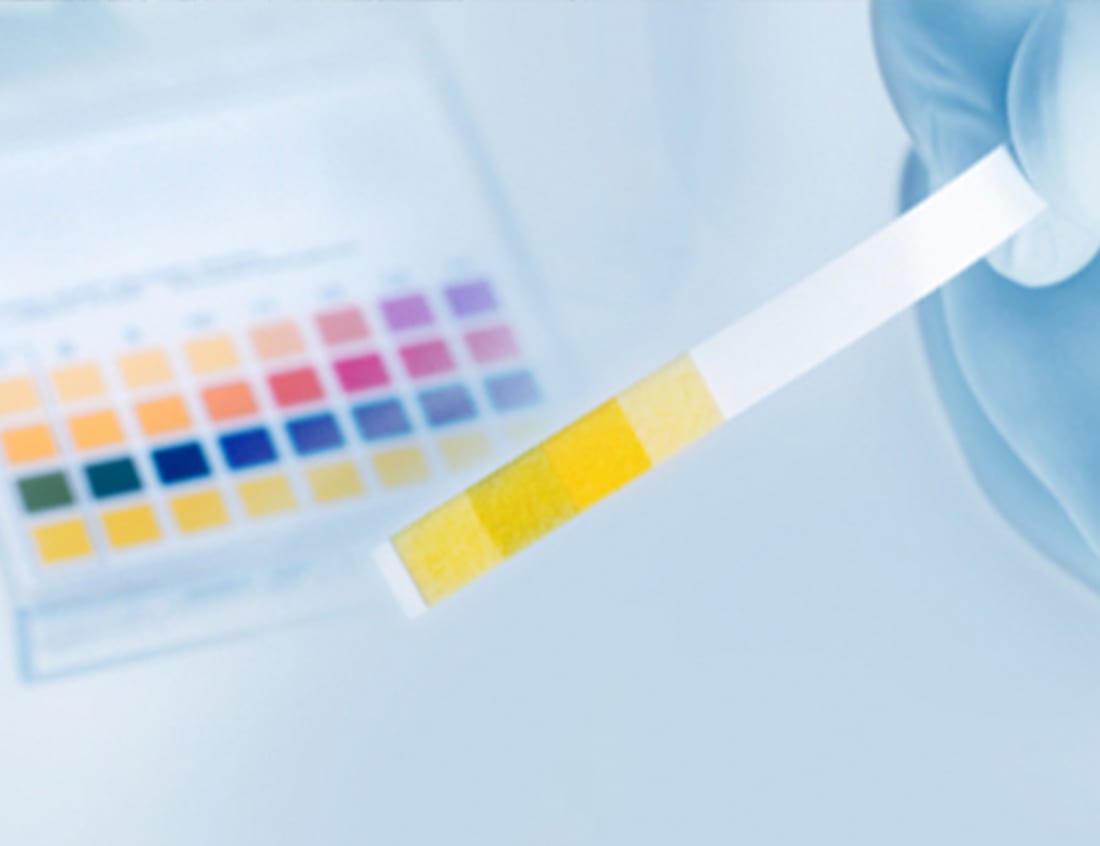
Maintaining proper alkalinity levels is essential for pH balance, biological activity, and process efficiency in wastewater treatment plants (WWTPs). The following chemicals are commonly used for alkalinity adjustments:
Among these, magnesium hydroxide, lime slurry, and caustic soda are the most frequently used options. Choosing the right chemical depends on the specific requirements of the plant and local discharge permits.
pH adjustment in water treatment is a critical step for ensuring proper chemical balance, microbial performance, and regulatory compliance. In wastewater applications, pH must often be raised or stabilized to support biological treatment processes and prevent corrosion or scaling in downstream systems.
Unlike general pH correction, pH adjustment in water treatment involves not only measuring acidity or alkalinity, but also choosing the right chemical to maintain consistent results. That’s where alkalinity adjusters like magnesium hydroxide, lime slurry, soda ash, and caustic soda come into play.
Each chemical offers distinct advantages depending on your plant’s operational goals, water chemistry, and safety considerations. When selecting a pH adjustment strategy, it’s important to balance cost, dosage efficiency, and the risk of overshooting the desired pH range.
Many wastewater operators mistakenly use pH and alkalinity interchangeably, but they serve different functions. pH measures acidity or alkalinity, while alkalinity refers to the water’s ability to neutralize acids and maintain pH stability.
Without proper alkalinity control, treatment plants risk inefficient biological activity, scaling, corrosion, and compliance failures. For example, a stable, slightly elevated pH with sufficient alkalinity enhances the nitrification and denitrification process in wastewater treatment.
✅ Benefits:
❌ Drawbacks:
✅ Benefits:
❌ Drawbacks:
✅ Benefits:
❌ Drawbacks:
✅ Benefits:
❌ Drawbacks:
The required dosage depends on wastewater composition and pH goals.
To achieve a pH of 8.8 in a given water sample:
💰 Magnesium Hydroxide delivers higher alkalinity per unit, reducing overall chemical consumption.
💰 Caustic Soda & Lime Slurry require larger dosages, increasing long-term costs.
Nick Piskura is the Marketing and Web Development Specialist at ChemREADY who utilizes expertise in digital marketing strategies to provide knowledgeable insights in each segment of our business. Nick provides insights through web development and multimedia resources that support ChemREADY’s full range of services, including Legionella management, ANSI/AAMI ST108 compliance, boiler and cooling tower treatment, wastewater processing, and industrial water quality solutions.